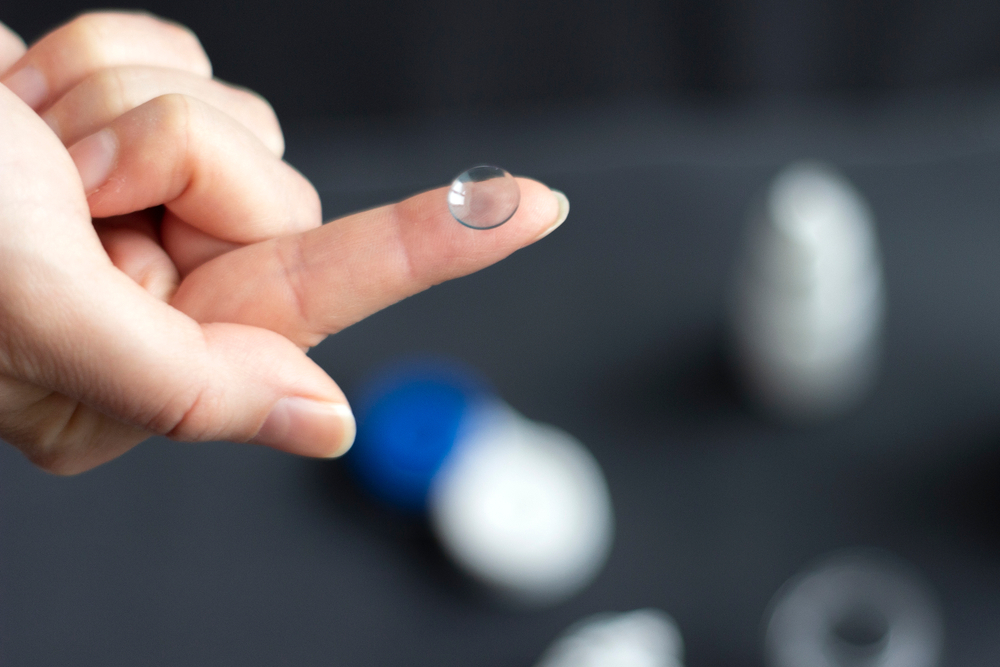
Orthokeratology, or ortho-k, involves the use of special contact lenses. These lenses temporarily reshape the cornea, improving vision. Eye specialists design and fit the lenses for each patient. They work like orthodontic braces for the eyes. The night-wear lenses work as the patient sleeps.
The cornea change is reversible, and patients must wear the lenses each night to maintain vision improvements. Understand orthokeratology with this guide to overnight vision correction.
When Is Orthokeratology Used?
Eye doctors usually recommend orthokeratology to correct myopia (nearsightedness). The refraction error can be corrected by eyeglasses, contacts, and laser surgery. For patients who do not want to wear eyeglasses or contacts, ortho-k is a convenient way to enjoy clear eyesight.
Ortho-k helps halt or slow myopia progression in children. Myopia usually worsens over the years before stabilizing in early adulthood. Eye specialists do not recommend vision correction surgery until the vision stabilizes. Ortho-k is an effective myopia control option.
How Orthokeratology Works
The clear eye lens (cornea) helps focus light onto the retina. It allows the eye to transmit clear messages to the brain. The cornea tissue is highly flexible and subject to change. Corneal reshaping lenses work by flattening the cornea, changing how light entering the eye is bent.
Patients wear the ortho-k lenses overnight. When they remove them in the morning, they can enjoy good vision all day without wearing correction lenses. The cornea returns to its original shape when you stop wearing the lenses.
Orthokeratology Lens Fitting
Ortho-k lens fitting helps ensure you get the best results. The ophthalmologist maps and measures the cornea surface using a corneal topographer. The measurements help design lenses specific to your eyes. The topographer is painless and does not touch the eye.
Light reflection off the cornea helps create the map, showing the doctor the curves and shape of the cornea. Orthokeratology lenses are rigid, gas-permeable, and sturdy. This enables them to reshape the cornea while allowing oxygen to reach the eyes.
What to Expect From Ortho-k
Many people experience vision improvements after a few days of wearing night lenses. However, it can take two weeks or more for maximum vision correction. Ortho-k helps correct vision without wearing eyeglasses or regular contacts. You may require a series of ortho-k lenses to see well until you achieve the required prescription.
Most people need three pairs of temporary ortho-k lenses to achieve the desired vision correction. After reaching the desired prescription, you should wear retainer lenses each night to maintain the correction results.
Long-term Results of Ortho-k
The cornea change remains as long as you continue to wear the lenses at night. Without regular wear, the cornea will return to its original shape, and the refractive error will return. Most people experience slight discomfort the first time they wear ortho-k lenses.
However, you soon get used to the lenses, and they become comfortable. When the cornea attains the desired shape, your ophthalmologist will prescribe retainer lenses to maintain the corrected vision.
Ortho-k is a safe and effective treatment. It is, however, crucial to maintain good contact lens hygiene to avoid infections.
For more on understanding orthokeratology, visit Enclave Vision at our Houston, Texas, office. Call 281-759-3937 to discuss any questions with our team of experts or to schedule an appointment today.











